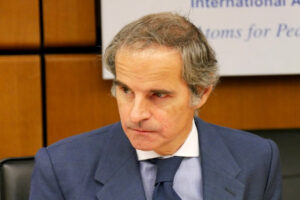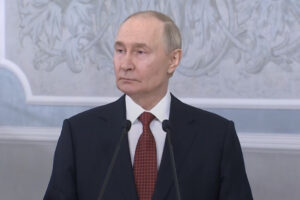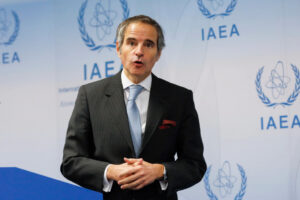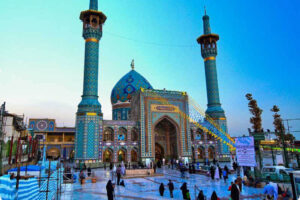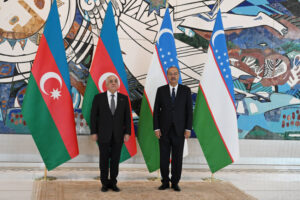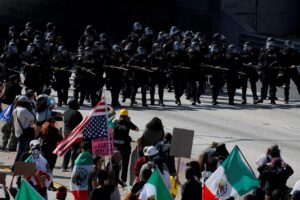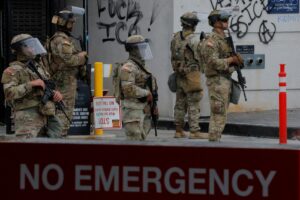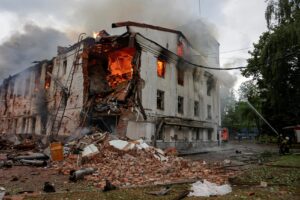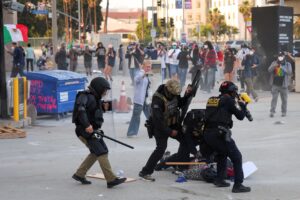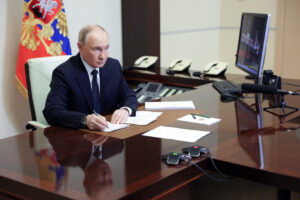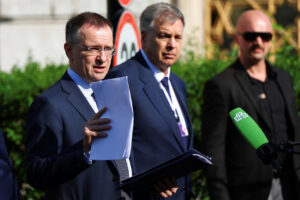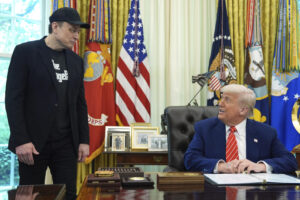Tokyo, 9 June, /AJMEDIA/
South Korea says it will restart anti-North Korean propaganda loudspeaker broadcasts in border areas in response to continuing North Korean campaigns to drop trash on the South with balloons.
Following an emergency security meeting led by South Korean national security director Chang Ho-jin, the officials decided to install and begin the loudspeaker broadcasts in border areas on Sunday, Seoul’s presidential office said in a statement. The move is certain to anger North Korea and potentially prompt it to take its own retaliatory military steps.
Chang and other South Korean security officials berated Pyongyang for attempting to cause “anxiety and disruption” in South Korea and stressed that North Korea will be “solely responsible” for any future escalation of tensions between the Koreas.
North Korea over the weekend flew hundreds of trash-carrying balloons to South Korea in its third such campaign since late May, the South’s military said, just days after South Korean activists floated their own balloons to scatter propaganda leaflets in the North.
North Korea has so far sent more than 1,000 balloons to drop tons of trash and manure in the South in retaliation against South Korean civilian leafletting campaigns, adding to tensions between the war-divided rivals amid a diplomatic stalemate over the North’s nuclear ambitions.
The resumption of South Korea’s loudspeaker broadcasts has been widely anticipated since last week, when South Korea suspended a 2018 tension-easing agreement with North Korea. The move allowed for the South to resume propaganda campaigns and possibly restart live-fire military exercises in border areas.
South Korea’s Joint Chiefs of Staff said it detected the North launching around 330 balloons toward the South since Saturday night and about 80 were found in South Korean territory as of Sunday morning. The military said winds were blowing eastward on Saturday night, which possibly caused many balloons to float away from South Korean territory.
The South’s military said the balloons that did land dropped trash, including plastic and paper waste, but no hazardous substances were discovered.
The military, which has mobilized chemical rapid response and explosive clearance units to retrieve the North Korean balloons and materials, alerted the public to beware of falling objects and not to touch balloons found on the ground but report them to police or military authorities.
Saturday’s balloon launches by North Korea were the third of their kind since May 28. In North Korea’s previous two rounds of balloon activities, South Korean authorities discovered about 1,000 balloons that were tied to vinyl bags containing manure, cigarette butts, scraps of cloth, waste batteries and waste paper. Some were popped and scattered on roads, residential areas and schools. No highly dangerous materials were found and no major damage has been reported.
The North’s vice defense minister, Kim Kang Il, later said his country would stop the balloon campaign but threatened to resume it if South Korean activists sent leaflets again.
In defiance of the warning, a South Korean civilian group led by North Korean defector Park Sang-hak, said it launched 10 balloons from a border town on Thursday carrying 200,000 anti-North Korean leaflets, USB sticks with K-pop songs and South Korean dramas, and $1 U.S. bills. South Korean media reported another activist group also flew balloons with 200,000 propaganda leaflets toward North Korea on Friday.
South Korean officials called the North Korean trash balloon launches and other recent provocations “absurd” and “irrational” and vowed strong retaliation.
With the loudspeakers, South Korea may blare anti-Pyongyang broadcasts, K-pop songs and outside news across the rivals’ heavily armed border. North Korea is extremely sensitive to such broadcasts because it fears it could demoralize front-line troops and residents and eventually weaken leader Kim Jong Un’s grip on power, analysts say.
In 2015, when South Korea restarted loudspeaker broadcasts for the first time in 11 years, North Korea fired artillery rounds across the border, prompting South Korea to return fire, according to South Korean officials. No casualties were reported.
Kim in recent years has waged an intensifying campaign to eliminate South Korean cultural and language influences. In January, Kim declared the North will abandon its longstanding goal of a peaceful unification with the South and rewrite its constitution to cement the South as a permanent enemy. Experts say Kim’s efforts to reinforce the North’s separate identity may be aimed at strengthening the Kim family’s dynastic rule.
North Korea’s balloon campaign is also possibly meant to cause a divide in South Korea over its conservative government’s hard-line approach on North Korea.
Liberal lawmakers, some civic groups and front-line residents in South Korea have called on the government to urge leafleting activists to stop flying balloons to avoid unnecessary clashes with North Korea. But government officials haven’t made such an appeal in line with last year’s constitutional court ruling that struck down a law criminalizing an anti-North Korea leafletting as a violation of free speech.
© Copyright 2024 The Associated Press. All rights reserved. This material may not be published, broadcast, rewritten or redistributed without permission.




